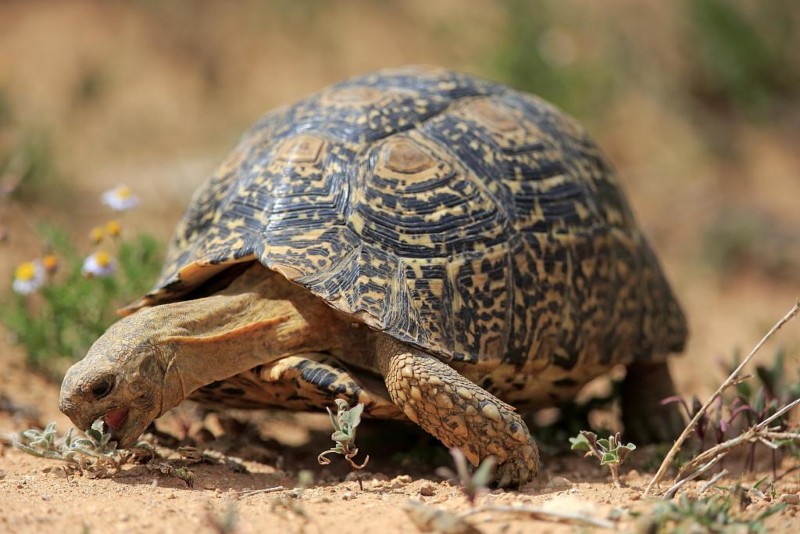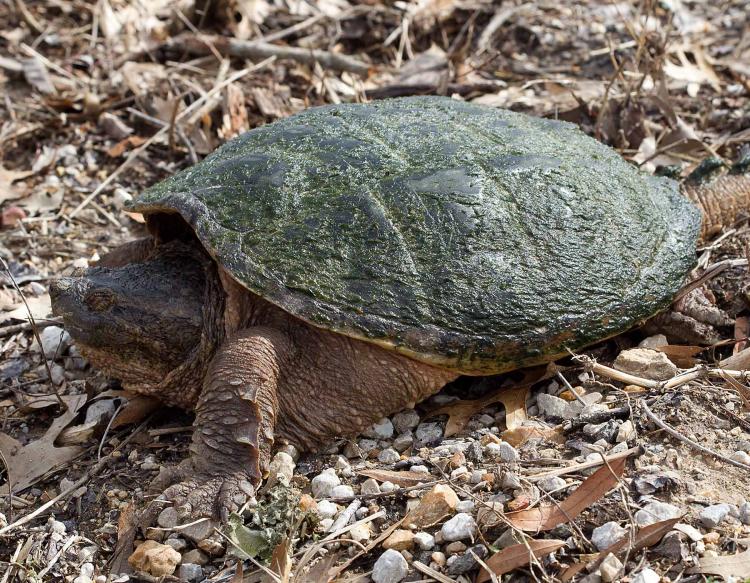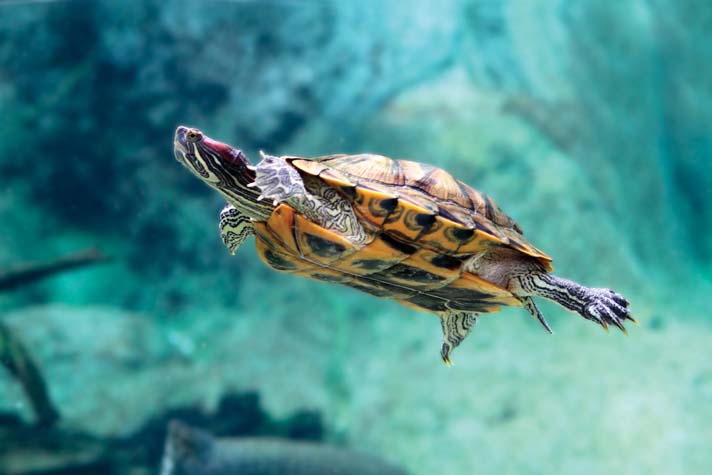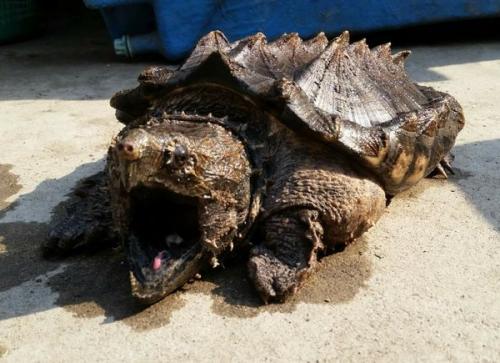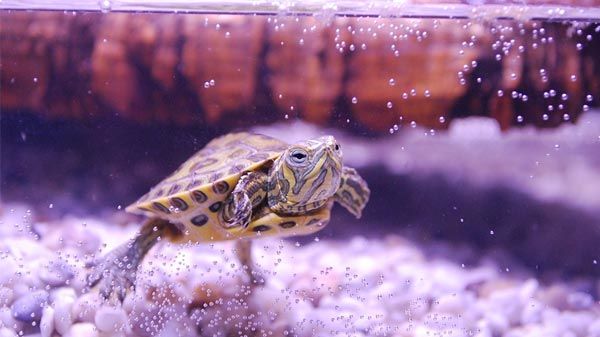Alligator turtles live in the deep waters of rivers, lakes, canals, swamps, or streams. Although they are only two or three inches in size when they come out of the shell, these turtles can weigh up to 150 pounds when they grow, becoming the largest freshwater turtles in the world. The large size and appetite of the alligator turtle can make care difficult. Alligator turtles should not be cared for by in-experience turtle owners, or by experienced owners who do not have enough space. Keep this in mind when considering adopting a baby.
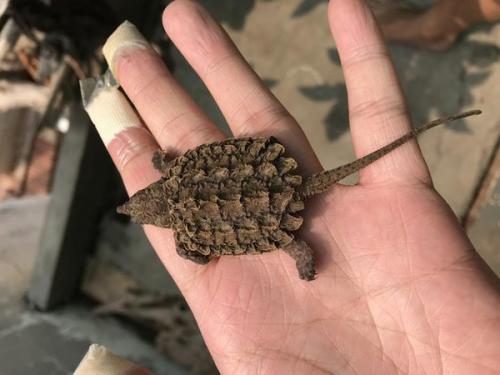
Creating the atmosphere
Step 1
Select an enclosure for your tortoise. A glass tank, storage tank, plastic container or pond will be fine. A calf requires at least a space of 20 to 50 gallons (60 to 150 liters).
Step 2
Fill the tank with water that is at least as deep as twice the length of the turtle. Place a lot of obstacles in the water to make the reptile feel safe. You can use pieces of wood, stones, logs, or touches.
Step 3
Establishes a filtration system for the tank. For smaller tanks, there are bottle filters that are placed outside the tank. A hose is placed at the bottom of the tank that moves water from the tank to the filter, while another hose is placed in the tank to return filtered water to the habitat. These filters can be cleaned by rinsing the container every two weeks, and several are available. Each is installed and maintained differently, but a good way to choose a filter is to select one with a GPH (gallons per hour) of filtration that is twice the amount of water in the pond. For example, a 200-gallon (600-liter) pond requires a 400 gph filter.
Step 4
Place a submersible heater in the enclosure that corresponds to the amount of water that the enclosure can contain (for example, a 50 gallon (150 liters) tank requires a unit that heats 50 gallons (150 liters) of water). Set the heater to keep the water at a constant temperature of 75 to 80 degrees Fahrenheit (25 to 27 degrees Celsius).
Step 5
Create a dry area by placing a log, piece of wood, or stone large enough for the turtle to get out of the water completely and stretch. Although it is rare for alligator turtles to come out of the water, this space will allow you to dry if you wish.
Step 6
For an interior enclosure, set a full-spectrum UV lamp (also known as a clamp lamp) on one side of the tank, over the dry area. The lamp recreates sunlight, just as the turtle would take if it lived in the wild. The temperature of the dry area should be kept constant at 80 or 90 degrees Fahrenheit (27 or 30 degrees celsius).
Step 7
Let the machine run for 30 minutes to three days to ensure it is working properly. If everything is working properly, insert the turtle into the box.
Feeding the calf
Step 1
Feed your tortoise cub daily in its own tank.
Step 2
Let the alligator tortoise calf eat as much food as it can for an hour and then remove any leftover food to keep the tank as clean as possible.
Step 3
Give him a full diet, including balanced food for turtles, meat and vegetables. On food suggestions you can give him, see the tips section of this article.
